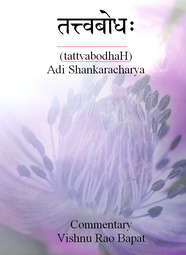
(Read Part 13 of the series.)
Pragmatism and William James to Linguistic Analysis and Wittgenstein
Pragmatism
Developed originally in America, and to some extent in rebellion against the metaphysical theories current in Europe at the time (especially Idealism), Pragmatism is effectively a method for determining the worth of philosophical problems and their proposed solutions. What was thought to matter was not all of the intellectual speculation and theorising usually associated with philosophising but the practical worth at the end of the day. Is a theory actually of any use to us in our day to day life? Will it make any difference to me if I follow it or am even aware of its existence? The word ‘pragmatic’ has now passed into everyday usage as referring to an approach that actually works.
The original ideas were developed by C. S. Peirce, who saw himself as following up the system devised by Kant. He thought the only purpose in philosophising to begin with was in order to solve problems that we actually encounter. We should then use the scientific method to enquire into the problem, drawing up hypotheses, experiments to test them and so on. Once we have an answer that gets us over the original problem we should simply stop there. A proposition is ‘true’ if everyone who investigates sufficiently thoroughly comes to the same conclusion. Continue reading




